-

-
Ting Fong May Chui
徐婷芳Associate Professor
Department of Civil Engineering
The University of Hong Kong -


Associate Professor
Department of Civil Engineering
The University of Hong Kong

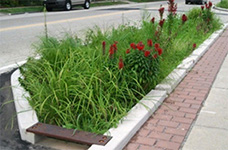 |
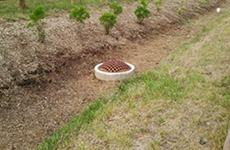 |
 |
|
With changes in land use and climate, many cities have inadequate drainage systems. Conventional drainage retrofit measures, such as stormwater storage units and drainage pipes, are effective at storing and draining stormwater but are not environmentally friendly. Sustainable drainage systems, on the other hand, manage stormwater runoff while bringing multiple hydro-environmental benefits. This project develops tools and frameworks for modeling, evaluating and designing the various components of sustainable drainage systems (i.e., LID practices). It identifies the optimal retrofits considering the costs, hydrologic performance and environmental benefits at different spatial scales. |
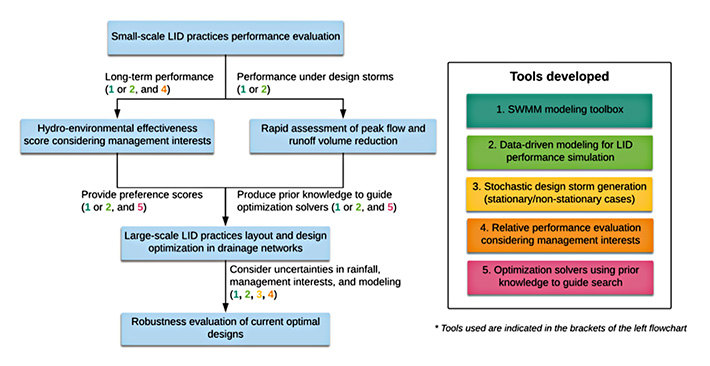 Yang, Y., & Chui, T. F. M. (2018). Integrated hydro-environmental impact assessment and alternative selection of low impact developmnt practices in small urban catchments. Journal of Environmental Management, 223, 324-337 . Yang, Y., & Chui, T. F. M. (2018). Rapid assesment of hydrologic performance of low impact development practices under design storms. Journal of the American Water Resources Association, 54(3), 613-660. Yang, Y., & Chui. T. F. M. (2018). Optimizing surface and contributing areas of bioretention cells for stormwater runoff quality and quantity management. Journal of Environmental Management, 206, 1090-1103. |
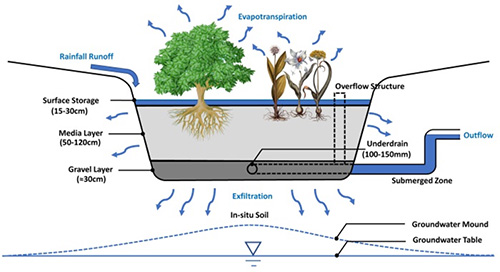
|
Low impact development (LID) practices are generally effective at controlling surface runoff and recharging groundwater. However, shallow groundwater has limited their implementation due to the potential problems of a reduction in surface runoff control, groundwater pollution and continuous groundwater drainage by underdrains. Currently, there are very few LID design guidelines available that minimize shallow groundwater interference. Furthermore, the spatial allocation optimization of LID practices is becoming increasingly important due to the growing need for large-scale implementation in newly developed urban areas. This project develops a LID groundwater integrated model, referred to as SWMM-LID-GW, to evaluate the hydrological performance of LID and examine the optimal design and spatial allocation of LID practices when there is shallow groundwater. Preliminary results show that shallower groundwater results in less exfiltration, more surface runoff and more groundwater drainage, but a distance of 1.5 to 3.0 m between the practice bottom and the groundwater table is generally sufficient to minimize these problems. Less-permeable media soil better protects groundwater quality at a cost of surface runoff control.
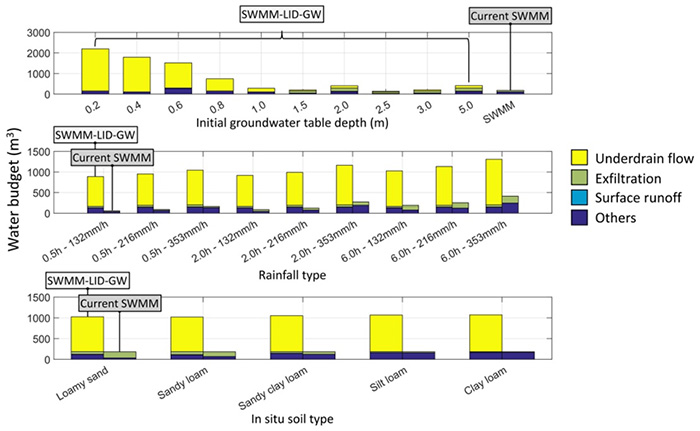
Zhang, K., & Chui. T. F. M. (2019). Linking hydrological and bioecological benefits of green infrastructures across spatial scales - a literature review. Science of the Total Environment, 646, 1219-1231. Zhang, K., & Chui. T. F. M. (2018). Interactions between shallow groundwater and LID underdrain flow at different temporal scales. Hydrological Processes, 32(23), 3495-3512. Zhang, K., Chui. T. F. M. & Yang, Y. (2018). Simulating the hydrological performance of low impact development in shallow groundwater via a modified SWMM. Journal of Hydrology, 566, 313-331.Zhang, K., & Chui. T. F. M. (2018). A comprehensive review of spatial allocation of LID-BMP-GI practices: Strategies and optimization tools. Science of the Total Environment, 621, 915-929. Zhang, K., & Chui. T. F. M. (2017). Evaluating hydrologic performance of bioretention cells in shallow groundwater. Hydrological Processes, 31(23), 4122-4135. |
This project carries out field measurements to assess the hydrologic performance of porous pavement trials in Hong Kong. The three vehicular porous pavement trials are each 30m x 3m and the three pedestrian porous pavements are 3m x 1m. The field work includes artificial rainfall experiments and monitoring under natural rainfall. The surface runoff, water accumulation within the pavement and underdrain flow are monitored. The peak runoff mitigation and storage capacity of porous pavements are evaluated. The results of this project facilitate the establishment of a reference design guideline for porous pavements in Hong Kong.
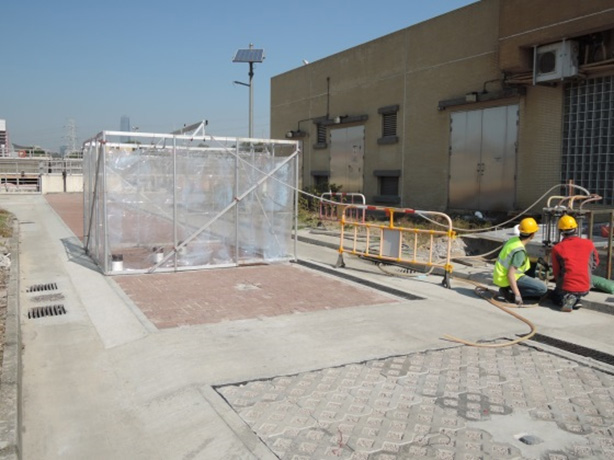
Copyright © 2018 - All Rights Reserved
Updated in January 2019